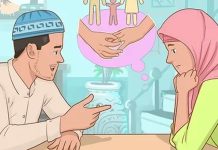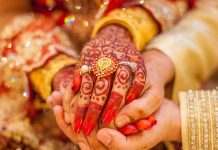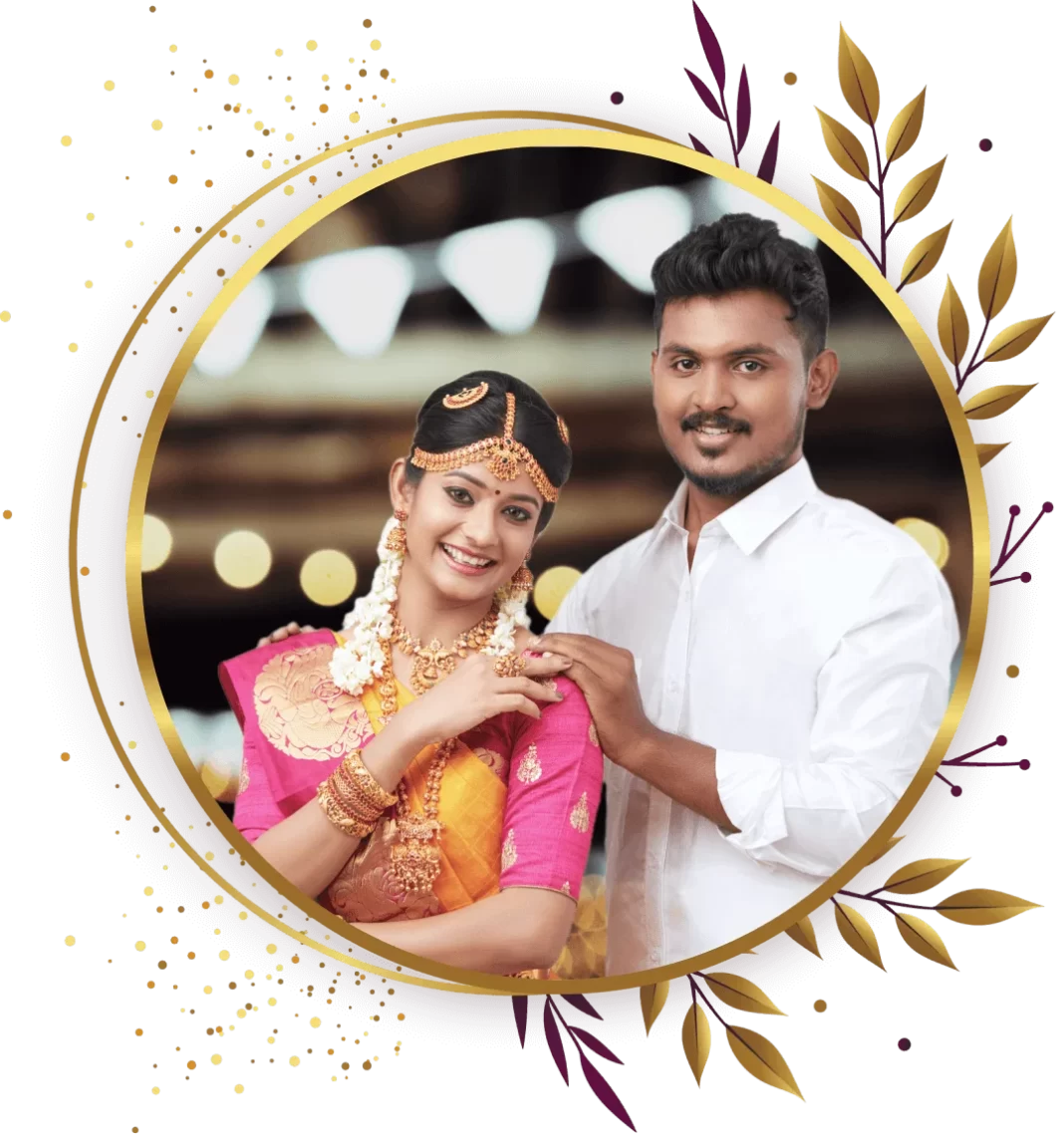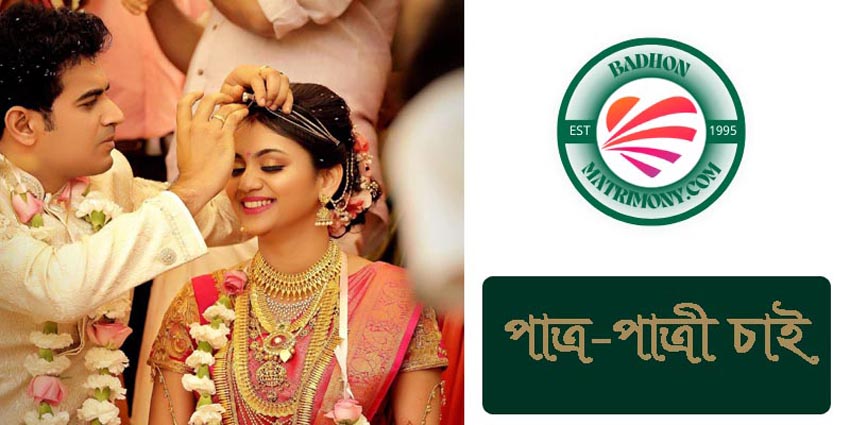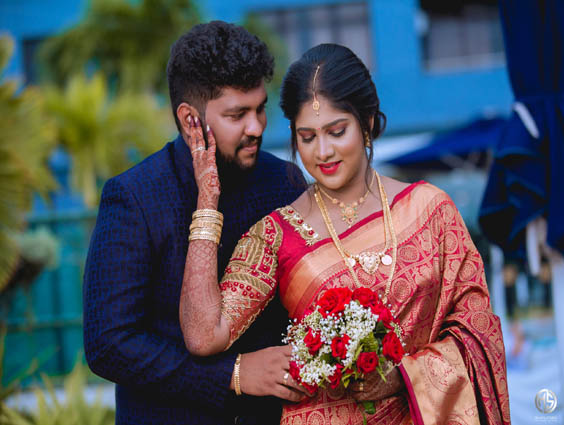Bangladesh is a country with a rich and diverse culture, where marriage is considered a sacred and important institution. Matrimony in Bangladesh is not only a legal contract between two individuals, but also a social and religious bond that connects two families and communities. In this blog post, we will explore some of the aspects of matrimony in Bangladesh, such as the types, customs, rituals, and challenges of marriage in this South Asian nation.
Types of Matrimony in Bangladesh
There are different types of matrimony in Bangladesh, depending on the religion, ethnicity, and personal preferences of the bride and groom. The most common types are:
– Muslim Matrimony: Islam is the largest religion in Bangladesh, with about 90% of the population identifying as Muslims. Muslim matrimony in Bangladesh follows the Islamic laws and traditions, such as the requirement of a wali (guardian) for the bride, the payment of mahr (dowry) by the groom to the bride, the signing of a nikah (marriage contract), and the performance of a walima (wedding feast). Muslim matrimony can be arranged by the parents or relatives of the couple, or by mutual consent of the couple themselves. Some of the subtypes of Muslim matrimony are Sunni, Shia, Ahmadiyya, and Bengali Muslim.
– Hindu Matrimony: Hinduism is the second largest religion in Bangladesh, with about 8% of the population identifying as Hindus. Hindu matrimony in Bangladesh follows the Vedic rituals and customs, such as the matching of horoscopes, the performance of a kanyadaan (giving away of the bride), the tying of a mangalsutra (sacred necklace), and the taking of seven pheras (circumambulations) around a sacred fire. Hindu matrimony can be arranged by the parents or relatives of the couple, or by mutual consent of the couple themselves. Some of the subtypes of Hindu matrimony are Brahmin, Kayastha, Baidya, and Namasudra.
– Christian Matrimony: Christianity is a minority religion in Bangladesh, with about 0.5% of the population identifying as Christians. Christian matrimony in Bangladesh follows the biblical principles and practices, such as the exchange of vows and rings, the blessing of a priest or pastor, and the celebration of a reception. Christian matrimony can be arranged by the parents or relatives of the couple, or by mutual consent of the couple themselves. Some of the subtypes of Christian matrimony are Catholic, Protestant, Anglican, and Baptist.
– Other Types: There are also other types of matrimony in Bangladesh that are less common or more specific to certain regions or communities. For example, there are Buddhist matrimony, tribal matrimony, interfaith matrimony, and court matrimony.
Customs and Rituals of Matrimony in Bangladesh
Matrimony in Bangladesh is a festive and elaborate affair that involves various customs and rituals that span over several days or weeks. Some of the common customs and rituals are:
– Pre-Wedding: Before the wedding day, there are several events that take place to prepare and celebrate the upcoming union. Some of these events are:
– Engagement: This is when the formal announcement and agreement of the marriage is made by both families. It may involve an exchange of rings or gifts, a signing of a contract or agreement, or a simple verbal consent.
– Ashirbaad: This is when both families visit each other’s homes to bless and greet the bride and groom. It may involve an exchange of gifts or money, a presentation of jewelry or clothes, or a simple prayer or gesture.
– Gaye Holud: This is when both families apply turmeric paste on the skin of the bride and groom to enhance their beauty and health. It may involve music, dance, food, or fun activities.
– Mehendi: This is when both families apply henna designs on the hands and feet of
the bride and groom to symbolize their love and happiness. It may involve music,
dance, food, or fun activities.
– Wedding: The wedding day is when the actual marriage ceremony takes place. It may
involve different rituals depending on the type of matrimony. Some of these rituals
are:
– Baraat: This is when the groom’s family and friends arrive at the bride’s home or
venue with music and dance to escort him to his bride.
– Kabin: This is when the bride and groom sign their marriage contract or
certificate in front of witnesses and an authorized person.
– Biye: This is when the bride and groom perform their religious rites or vows to
solemnize their marriage. It may involve different ceremonies depending on their
religion.
– Bidaai: This is when the bride leaves her parental home or venue to join her
husband’s home or venue. It may involve tears, hugs, and blessings from both
families.
– Post-Wedding: After the wedding day, there are several events that take place to
welcome and celebrate the newlyweds. Some of these events are:
– Bou Bhaat: This is when the bride serves her first meal to her husband’s family
and guests at his home or venue. It may involve gifts, compliments, or jokes.
– Reception: This is when the bride and groom host a party for their family and
friends at their home or venue. It may involve music, dance, food, or speeches.
– Honeymoon: This is when the bride and groom spend some quality time together
at a romantic or exotic destination. It may involve sightseeing, adventure, or
relaxation.










